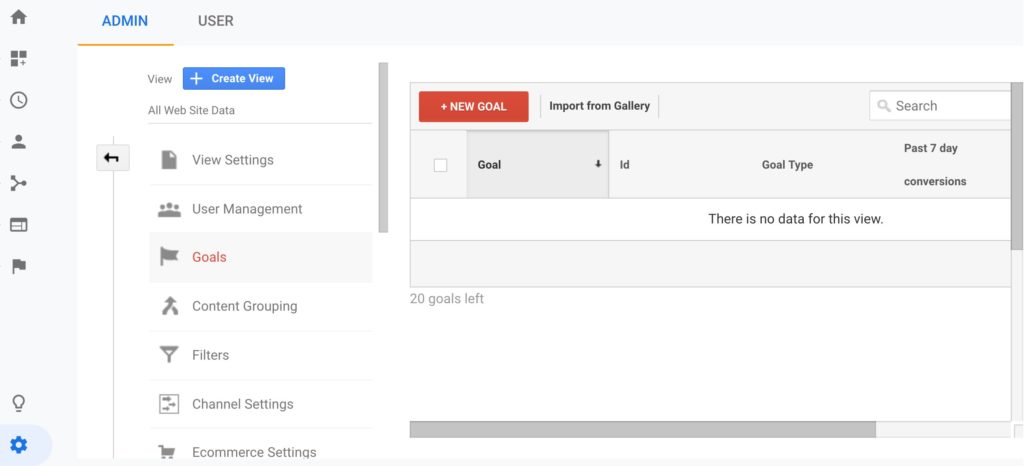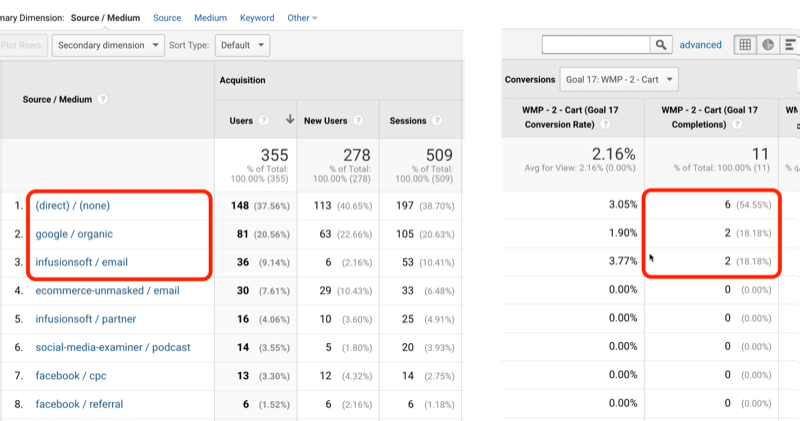Discovering What Data Is Google Analytics Goals Unable to Track
Discovering What Data Is Google Analytics Goals Unable to Track
Blog Article
Revealing the Blind Attractions: Understanding What Google Analytics Goals Can not Measure
In the world of electronic analytics, Google Analytics stands as a powerful device for tracking and analyzing on-line user interactions. Comprehending what Google Analytics objectives can not determine is important for acquiring a thorough sight of customer behavior and involvement.
Individual Actions on External Platforms
Recognizing exactly how customers engage on external systems is essential for maximizing on the internet strategies. Exterior platforms, such as social media networks, recommendation websites, and online discussion forums, play a substantial role in driving website traffic to a company's web site. By analyzing user habits on these systems, companies can obtain important understandings into the performance of their marketing efforts and the choices of their target audience.
One secret facet of customer behavior on outside systems is the referral source. By tracking where the individuals are originating from, businesses can determine which systems are driving one of the most traffic to their site. This info can help business allot their resources much more successfully, concentrating on the systems that produce the ideal results.

Offline Interactions and conversions
Analyzing customer habits on external systems provides beneficial insights into on-line methods; nevertheless, taking into consideration offline conversions and communications is just as imperative for a comprehensive understanding of a firm's general efficiency. Offline conversions, such as in-store purchases or phone questions, play a substantial role in several companies' success.

Attribution Beyond Last Click
When delving right into the world of electronic advertising and marketing analytics, it becomes vital to look past the solitary touchpoint of the last click for a more detailed understanding of acknowledgment. While Google Analytics gives valuable insights into user habits, relying solely on last-click attribution can be limiting - what data is google analytics goals unable to track. Attribution designs that exceed the last click use a more nuanced view of the client journey, thinking about all the touchpoints that result in a conversion
Attribution past the last click permits online marketers to assign credit rating to various communications along the conversion course, offering a more clear photo of the efficiency of different marketing networks. By checking out multi-touch attribution models such as linear, time degeneration, next page or position-based acknowledgment, companies can better allot their advertising budget plans and enhance their approaches for optimal effect.
Comprehending the impact of each touchpoint in the conversion process is important for making notified choices and maximizing ROI. By welcoming acknowledgment beyond the last click, organizations can gain deeper understandings into client actions and tailor their marketing initiatives more properly.
Cross-Device and Cross-Browser Monitoring

In a similar way, cross-browser monitoring complements cross-device monitoring by capturing customer actions as they switch between different web browsers. Comprehending just how customers interact with websites on various browsers can help marketing experts maximize their on-line experiences to ensure consistency and functionality throughout various systems.
Qualitative Information and Customer Intent
Understanding user intent through qualitative information evaluation is crucial for developing targeted digital marketing approaches that resonate with the needs and choices of the target market. Qualitative data offers understandings right into the 'why' behind user activities, losing light on inspirations, emotions, and preferences that measurable information alone can not catch. By assessing customer comments, comments, and interactions, online marketers can uncover valuable details regarding customer intent, permitting them to tailor their messaging, content, and offerings to much better line up with what their audience is looking for.
Qualitative information also assists in comprehending the context in which users involve with a web site or app. This contextual understanding enables marketing experts to produce more pertinent and find here customized experiences, inevitably driving higher engagement and conversion prices. By diving into user intent with qualitative data evaluation, businesses can obtain a deeper understanding of their target market, resulting in much more effective advertising strategies that satisfy users' assumptions and needs.
Conclusion
To conclude, Google Analytics goals have constraints in measuring customer behavior on outside systems, offline conversions, attribution past last click, cross-browser and cross-device tracking, and qualitative information connected to user intent. what data is google analytics goals unable to track. It is crucial for businesses to be conscious of these dead spots in order to supplement their information analysis with other devices and approaches to acquire a much more thorough understanding of their audience and improve their total electronic marketing methods
By analyzing user habits on these systems, organizations can acquire useful understandings right into the performance of their marketing efforts and the preferences of their target audience.
Examining user habits on outside platforms supplies beneficial understandings right into on-line strategies; however, thinking about offline conversions and communications is just as important for a detailed understanding of a business's general performance.In digital advertising and marketing analytics, relocating past last-click acknowledgment to discover cross-device and cross-browser monitoring is crucial for obtaining a holistic understanding of customer communications throughout different platforms and gadgets. By evaluating user feedback, remarks, and communications, marketers can uncover beneficial details regarding individual intent, enabling them to tailor their messaging, web content, and offerings to much better align with why not look here what their target market is looking for.
By delving right into user intent via qualitative information evaluation, services can acquire a deeper understanding of their target audience, leading to more reliable advertising and marketing approaches that satisfy users' expectations and demands.
Report this page